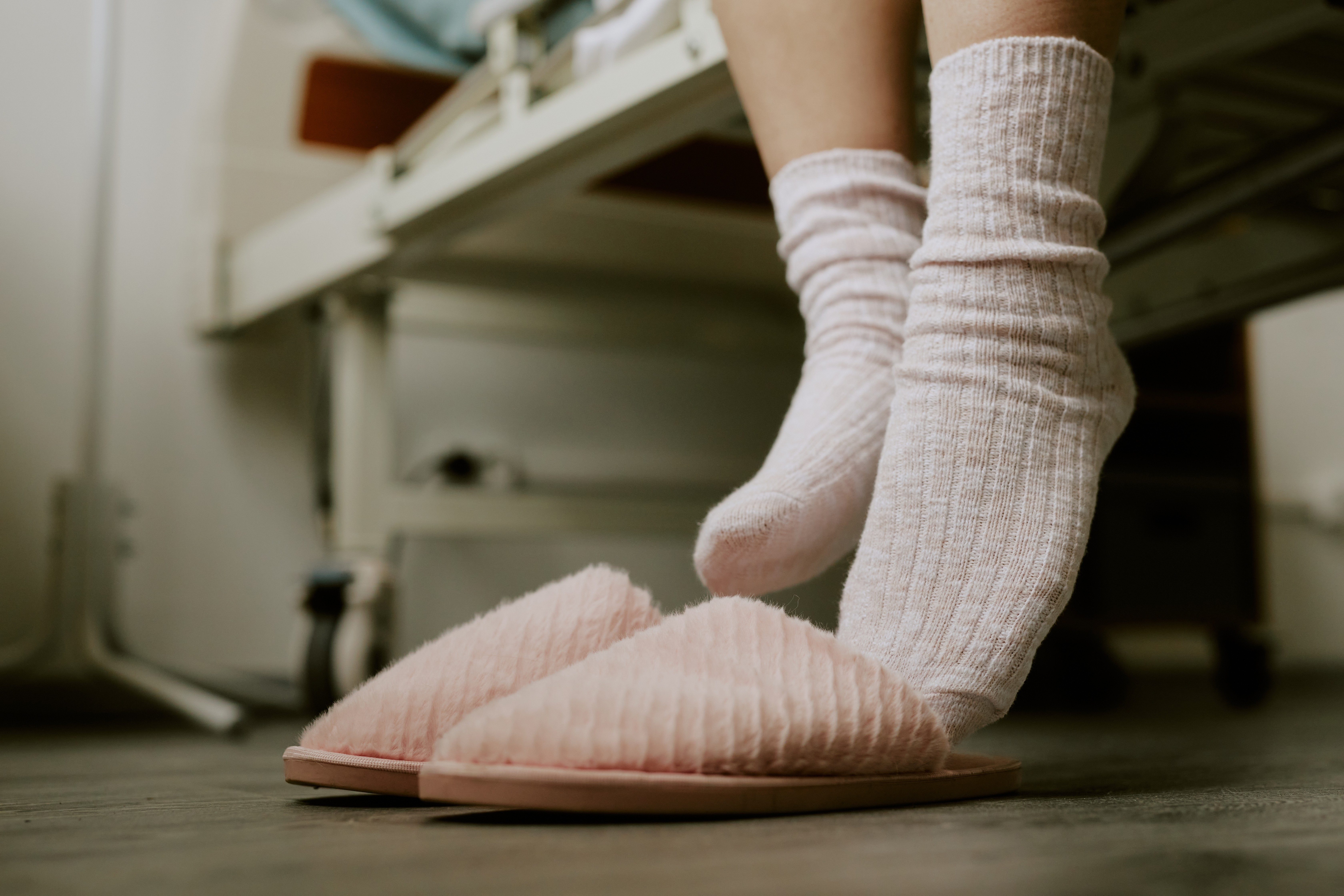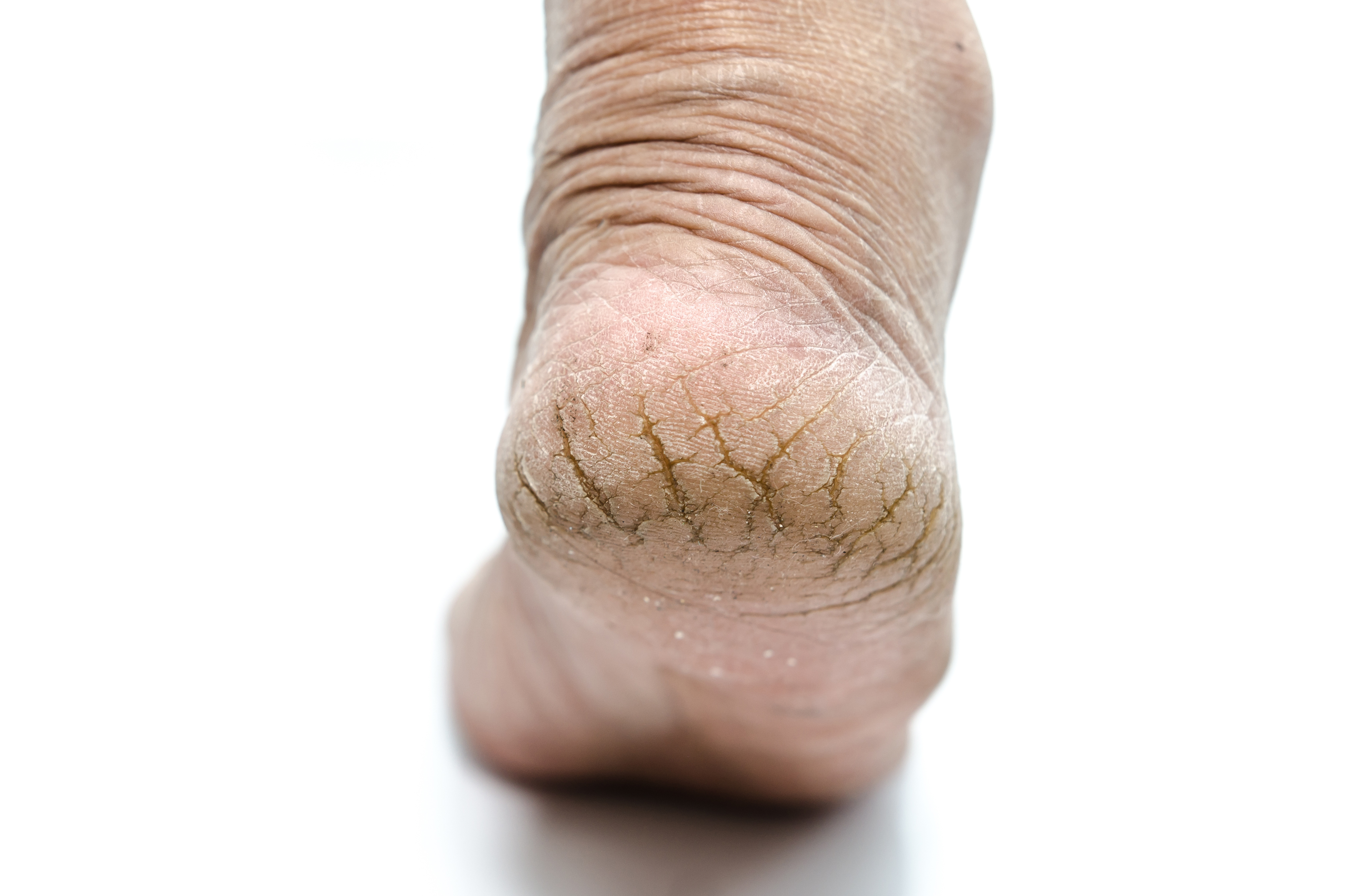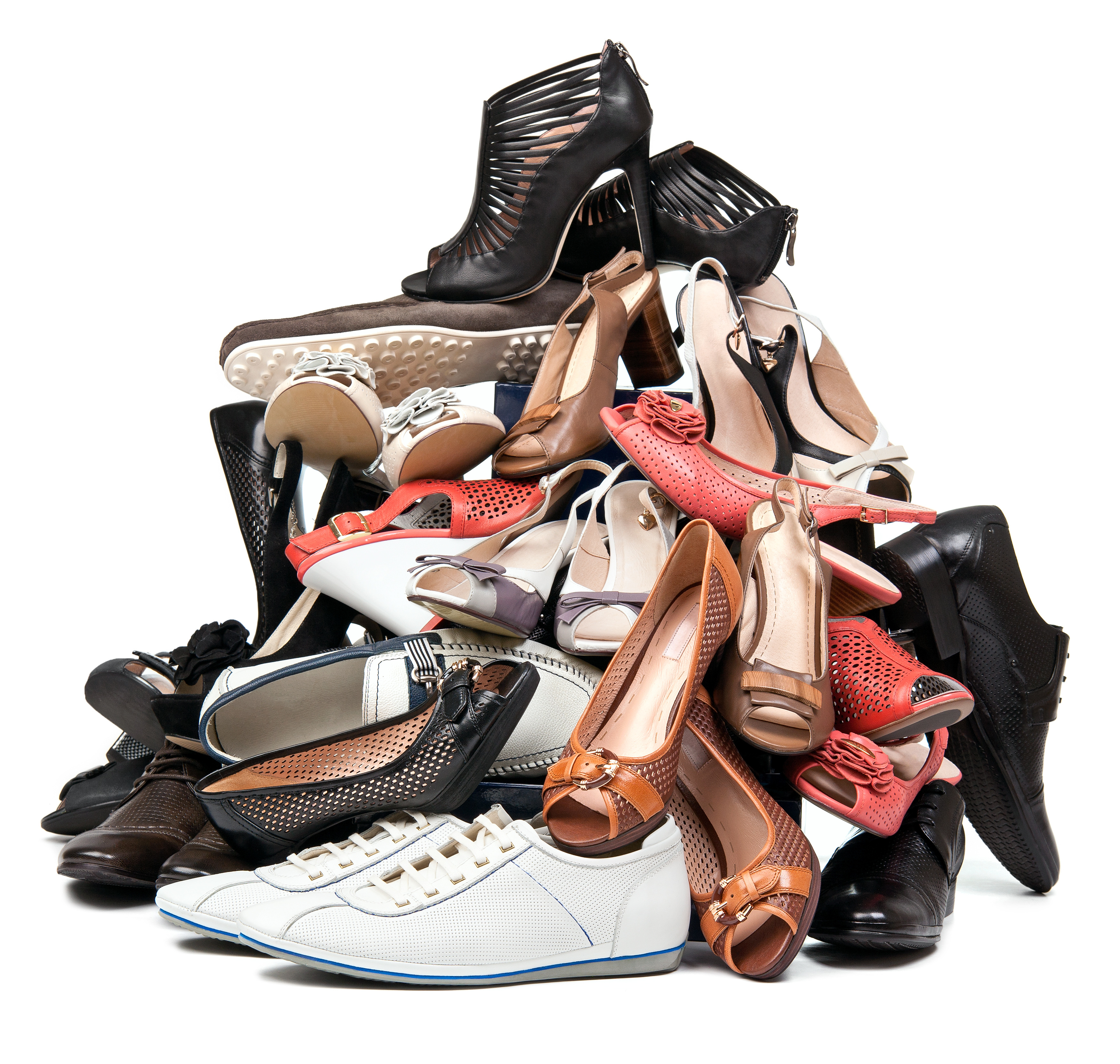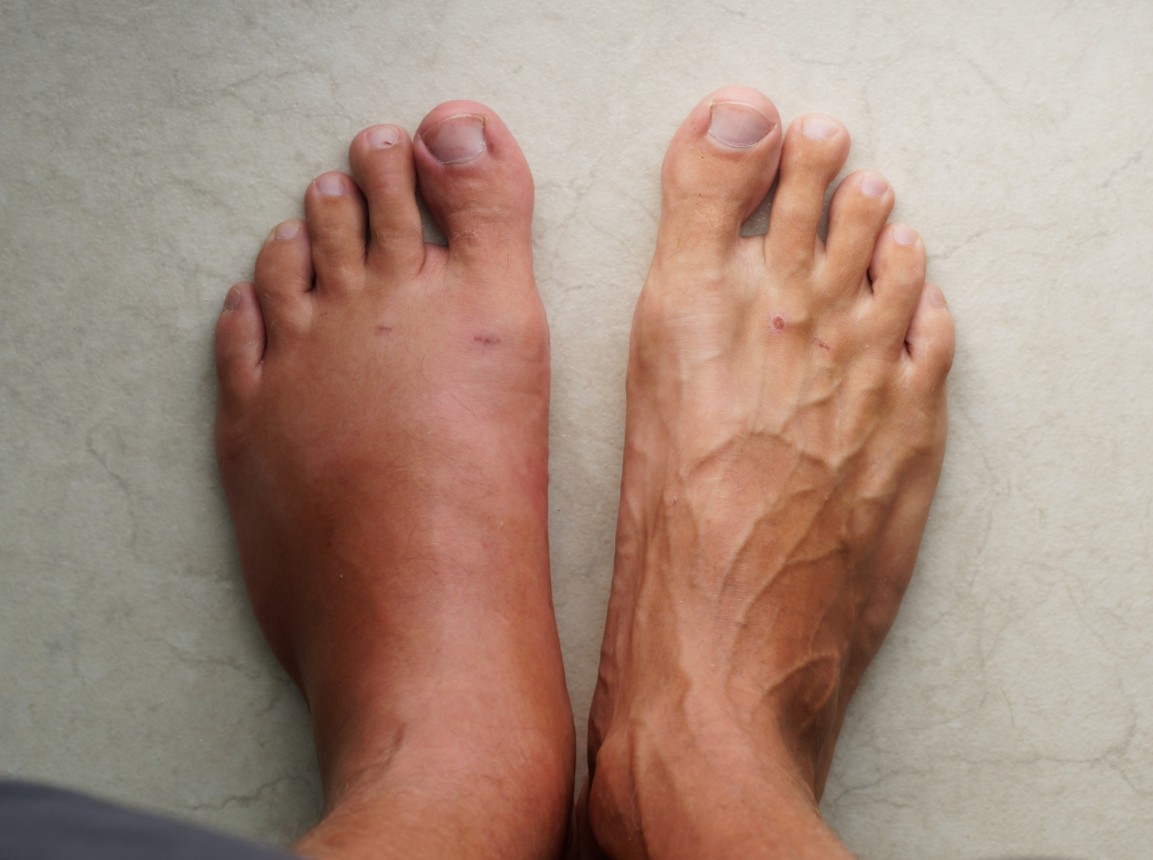

When you think of foot problems, summer usually comes to mind - blisters from sandals, sunburns, or barefoot beach walks. But winter can be just as tough on your feet, and in some cases, even more so.
As temperatures drop, and we switch to boots and closed shoes, we often forget to give our feet the care they need. Cold, dry air, tight footwear, and reduced activity levels can all contribute to foot issues that sneak up during the colder months.

The cold air outside and artificial heating indoors can quickly dry out the skin on your feet. Cracked heels and flaking soles aren’t just uncomfortable, they can become painful or infected if ignored.
Tip: Moisturise daily and wear socks to lock in hydration, especially after a warm shower.
Just because your feet are covered doesn’t mean they’re protected from fungus. Wearing the same socks or shoes all day can trap moisture, creating the perfect environment for athlete’s foot or fungal nails.
Tip: Rotate your shoes, change socks daily, and dry your feet thoroughly after bathing.

Boots and closed-in shoes can cause pressure points, bunions, and ingrown toenails if they don’t fit properly. Many people wear thicker socks in winter, but don’t adjust their shoe size accordingly, which can lead to friction and discomfort.
Tip: Make sure your winter shoes have enough space and proper arch support.
Cold weather can worsen circulation problems, especially for people with diabetes or vascular conditions. You might notice your feet are colder, numb, or more sensitive in winter.
Tip: Keep feet warm, but avoid overheating or wearing damp socks. And most importantly, get a professional check-up if you
notice changes in sensation.
Winter is a quieter season for many podiatry clinics, which makes it the perfect time to book an appointment before problems start. Whether you’re managing an existing condition like diabetes or just want a foot health check-up, your podiatrist can help you stay ahead of issues that often go unnoticed.

We’ve all had those days — you come home after hours on your feet, kick off your shoes, and notice your ankles look puffier than usual.
Swelling in the feet, ankles, or legs (known medically as edema) isn’t always a reason to panic. It can be as simple as a
salty lunch or a long flight.
But what if it’s happening more often — or seems to be getting worse? Swelling can sometimes be a sign of something more serious. Here’s
what could be going on and when to check in with your doctor.
.jpg)
Every year on October 8th, the world celebrates International Podiatry Day - a day dedicated to
raising awareness about foot health and the vital role that podiatrists play in our overall well-being.
Keeping your family on their feet and helping them to walk, run, play and exceed their goals is why we love getting up in the morning.
Ground Floor, One Health Building
122 Remuera Rd, Remuera
Auckland 1050, New Zealand
| MON - FRI | 7:30am – 6:30pm |
| SAT | 8:30am – 4:30pm |
| SUN | Some availability |
Make an Appointment
Online Schedule
Our virtual receptionist is available 24/7 to help with general questions, booking requests, and clinic information, even when our team is busy, or it's after hours.
Whether you're calling us or using our website, you'll get fast assistance any time of day. And if your query needs a personal touch, a member of our team will follow up as soon as possible.
If you’d like to see a podiatrist who speaks your preferred language, just give us a call and we’ll help you book.